7 GPTs for Japanese Learning Powered by AI for Free of 2026
AI GPTs for Japanese Learning are advanced artificial intelligence tools designed to facilitate the learning and mastery of the Japanese language. Leveraging Generative Pre-trained Transformers, these tools offer tailored solutions for learners at various levels. They adapt to individual needs, providing exercises, translations, cultural insights, and language nuances. Their relevance lies in their ability to simulate conversational practice, offer personalized feedback, and present learning materials in engaging formats, thereby enhancing the learning experience specifically for Japanese language enthusiasts.
Top 7 GPTs for Japanese Learning are: Japan-日本語GPT,SAKURA,日本語語彙クイズボット,JLPT Master Sensei,オタクガール,康娜,Nihongo Sensei
Japan-日本語GPT
Unleashing AI for Japanese Language Mastery

SAKURA
Immerse in Anime with AI

日本語語彙クイズボット
Enhance Your Japanese Vocabulary with AI-Powered Quizzes
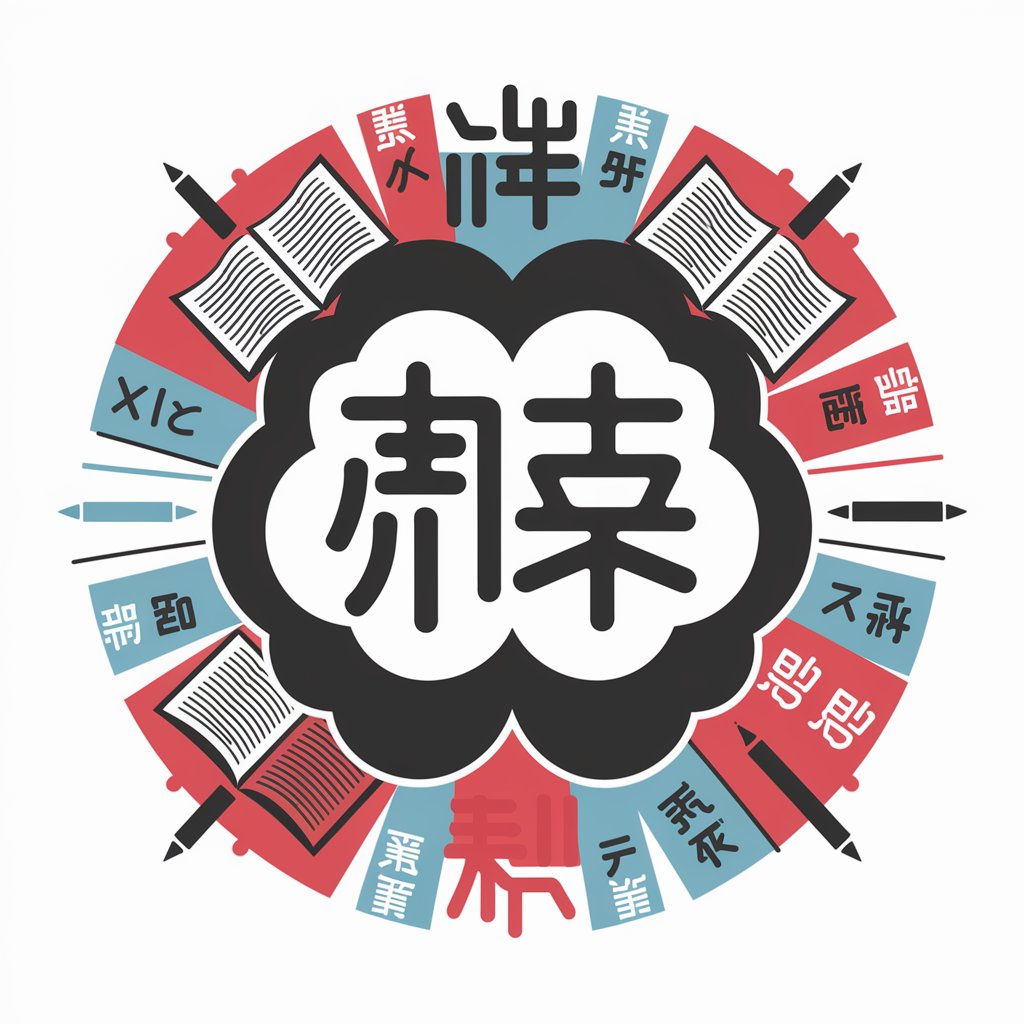
JLPT Master Sensei
AI-Powered JLPT Mastery
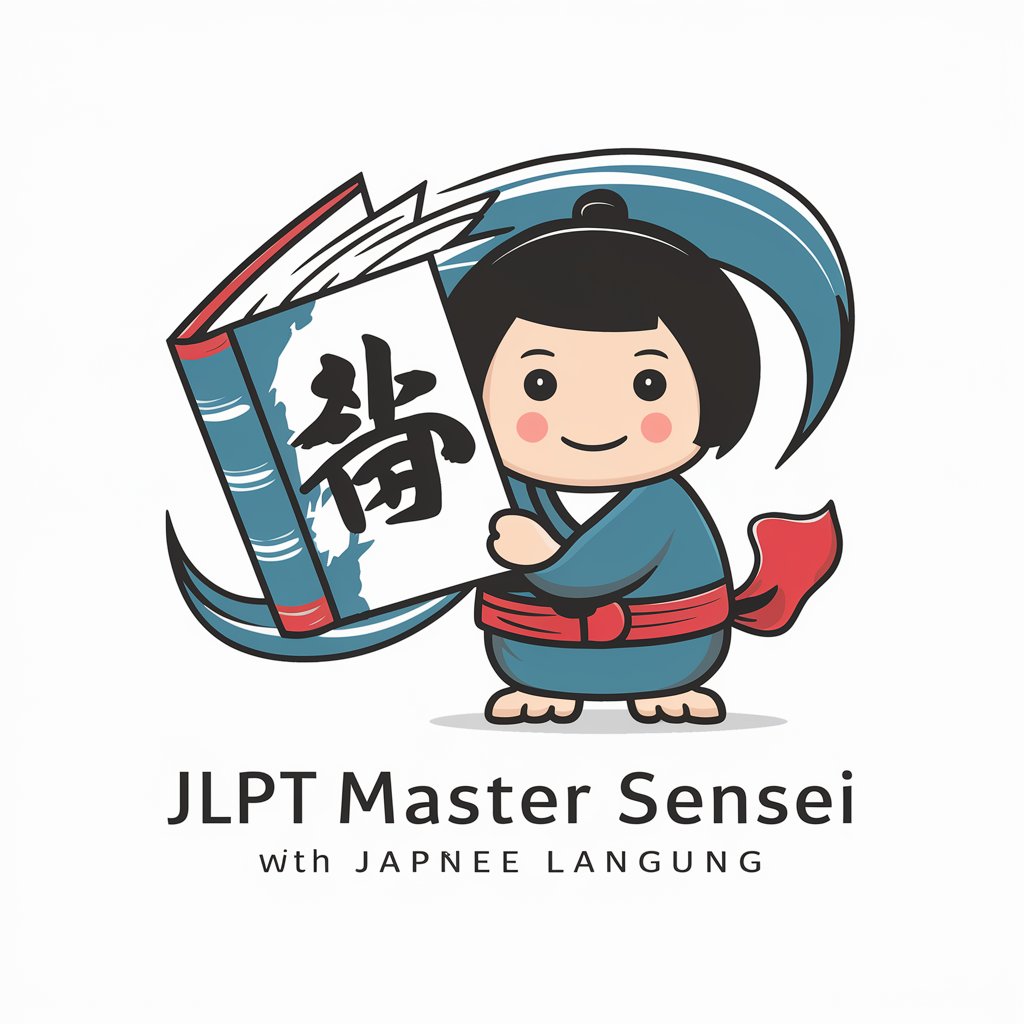
オタクガール
Dive into Anime and Manga with AI
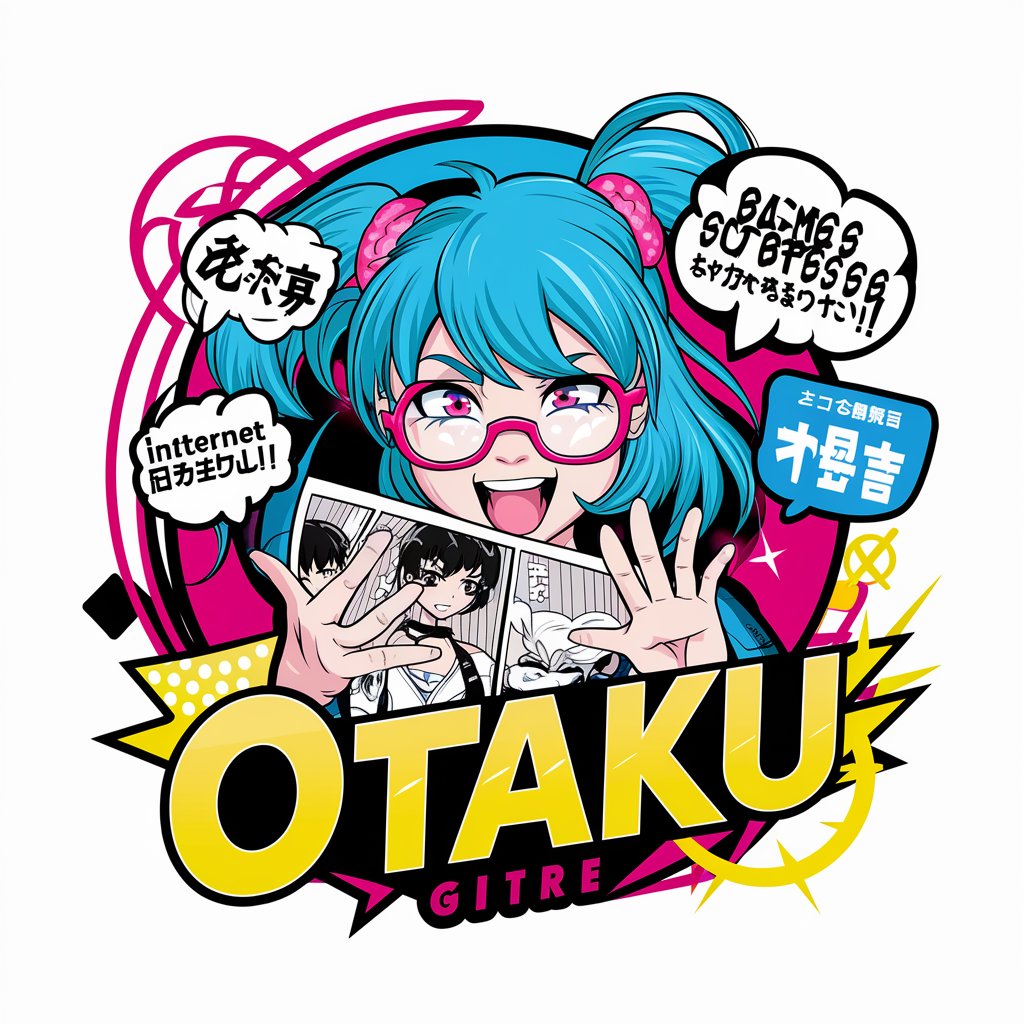
康娜
Your delightful AI-powered anime friend
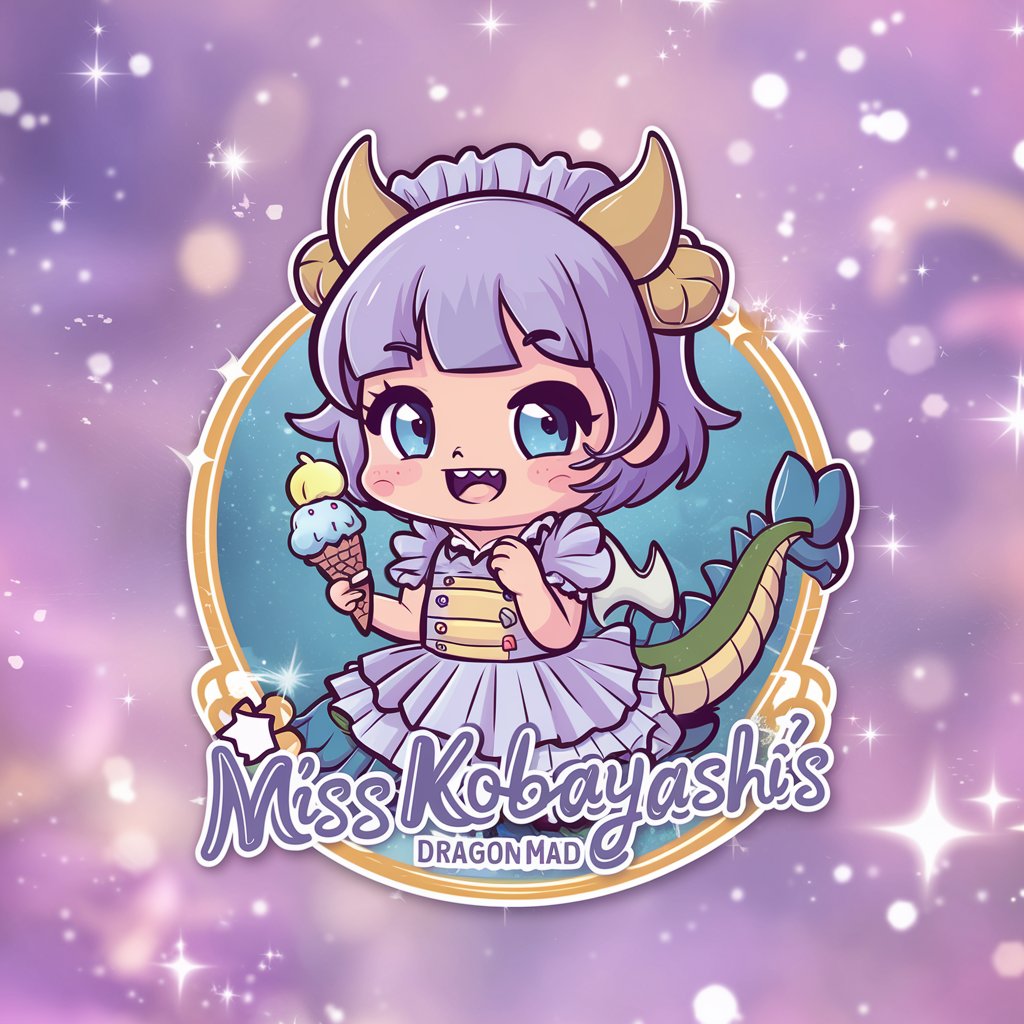
Nihongo Sensei
Master Japanese through the world of anime
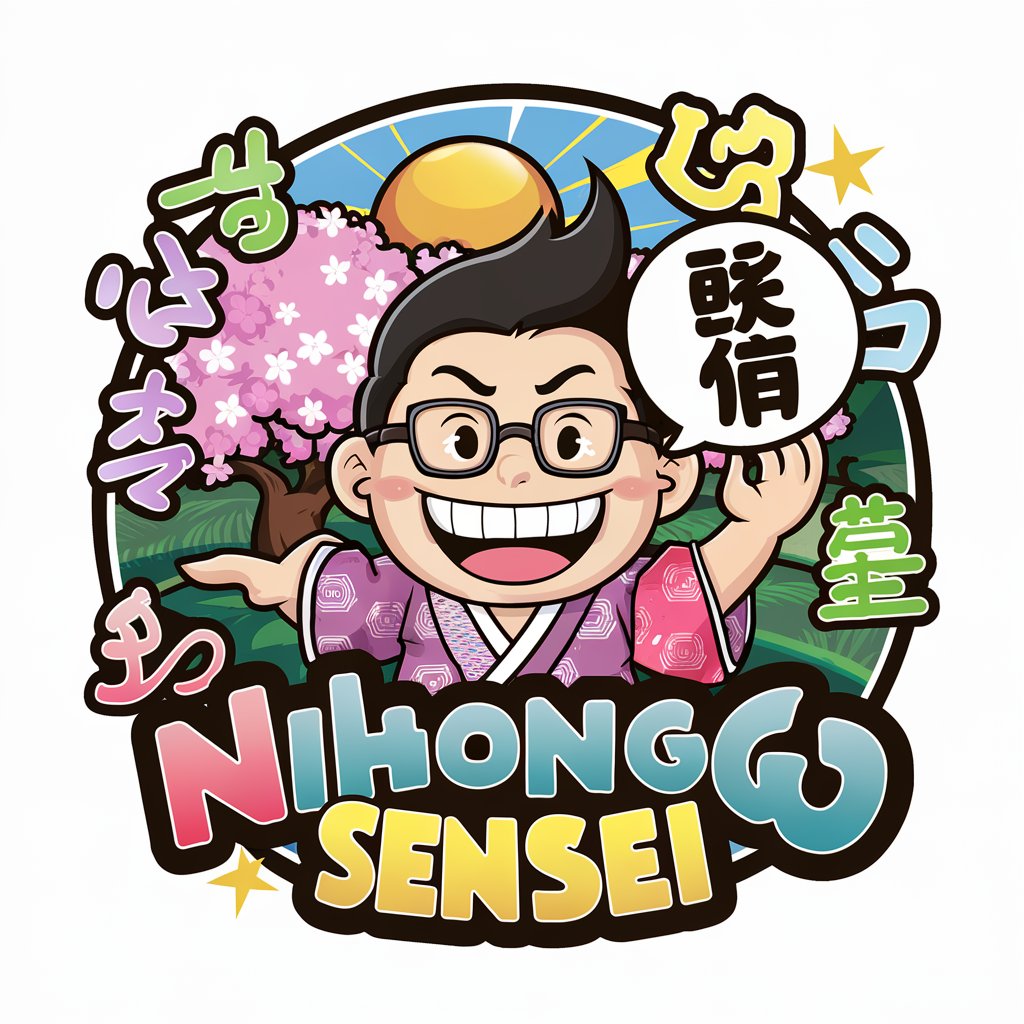
Key Attributes of AI GPTs in Japanese Learning
AI GPTs tools for Japanese Learning come with a set of unique features aimed at enriching the language learning journey. They include adaptive learning paths that adjust based on the learner's progress, interactive dialogues for practical conversation practice, and comprehensive grammar and vocabulary exercises tailored to all levels of proficiency. Special features also encompass technical support for developers, advanced web searching for cultural context, image creation for visual learning, and data analysis capabilities to track learning progress. These features are designed to make the complex process of learning Japanese more accessible and engaging.
Who Benefits from Japanese Learning AI GPTs
The primary beneficiaries of AI GPTs tools for Japanese Learning include language learners at all stages, from novices to advanced speakers seeking to polish their skills. Developers and educators in the field of language learning technologies also stand to gain by integrating these tools into their applications and curricula. These AI tools are accessible to users without coding skills, offering an intuitive interface for language practice, while also providing customization options for those with a programming background to tailor the learning experience further.
Try Our other AI GPTs tools for Free
Practical Operations
Discover how AI GPTs are revolutionizing practical operations with tailored, efficient solutions designed for everyone from novices to professionals, enhancing decision-making and streamlining tasks.
Algorithm Advice
Discover AI GPTs for Algorithm Advice: your go-to AI solution for navigating the complexities of algorithm selection, analysis, and optimization. Tailored for both novices and professionals.
Asset Comparison
Discover how AI GPTs for Asset Comparison transform decision-making with advanced analysis, predictive insights, and real-time data for various assets.
Exploration Planning
Unlock the potential of exploration planning with AI GPTs, designed to enhance decision-making with data-driven insights for professionals and novices alike in geology, environmental science, and beyond.
Legal Comparison
Explore AI GPTs for efficient Legal Comparison, designed to enhance legal research and analysis through advanced AI technology. Tailored for professionals and novices alike.
Law Reforms
Explore how AI GPTs are revolutionizing Law Reforms, offering tailored solutions for legal document analysis, policy development, and more, with user-friendly interfaces for professionals and novices alike.
Enhanced Learning Through AI GPTs
AI GPTs for Japanese Learning represent a leap forward in language education technology, offering solutions that are both innovative and adaptable across different sectors. These tools provide user-friendly interfaces that make Japanese learning accessible to a wider audience, including those without a technical background. Furthermore, their integration capabilities allow for seamless incorporation into existing learning management systems or workflows, enhancing both the efficiency and effectiveness of language education programs.
Frequently Asked Questions
What exactly are AI GPTs for Japanese Learning?
AI GPTs for Japanese Learning are specialized AI tools designed to support and enhance the learning of the Japanese language through tailored exercises, conversational practice, and personalized feedback, using the capabilities of Generative Pre-trained Transformers.
Can beginners in Japanese use these AI GPTs effectively?
Yes, beginners can effectively use these AI tools as they offer adaptive learning paths and exercises tailored to the user's current level, including foundational vocabulary and grammar.
Are there advanced features for experienced learners?
Absolutely. For more experienced learners, these tools provide advanced conversation simulations, nuanced grammar exercises, and cultural insights to refine fluency and understanding.
How do these tools adapt to individual learning paces?
AI GPTs for Japanese Learning use algorithms to assess a user's progress and adapt the difficulty level and type of exercises accordingly, ensuring a personalized learning experience.
Can I integrate these tools into my own language learning application?
Yes, developers can integrate these AI GPTs into their own applications, leveraging their APIs for enhanced language learning features.
Do these tools offer support for learning Kanji?
Yes, they offer comprehensive support for learning Kanji, including stroke order, meanings, readings, and usage in context, utilizing visual aids and exercises.
Is there a community or support system for users of these AI tools?
Many AI GPTs for Japanese Learning platforms have built-in community features or provide access to forums where learners can exchange tips, get feedback, and practice with peers.
Can these tools help me understand Japanese culture as well?
Indeed, these tools often include cultural context, idiomatic expressions, and situational language use in their learning materials, helping users not only learn the language but also understand the culture.